Snowblowers are essential tools for clearing snow during the winter season.
However, one common issue that snowblower owners may encounter is a gas leak.
Not only is this problem inconvenient, but it can also be dangerous.
Gas leaks in snowblowers can occur for various reasons, such as damaged fuel lines or faulty seals.
Addressing this issue promptly is crucial to ensure the snowblower’s safe and efficient operation and to prevent potential accidents or injuries.
In this blog post, we will explore common reasons why your snowblower may be leaking gas and offer preventative maintenance tips.
Understanding these aspects will help ensure your snowblower’s safe and efficient operation.
Reasons for a Snowblower Leaking Gas
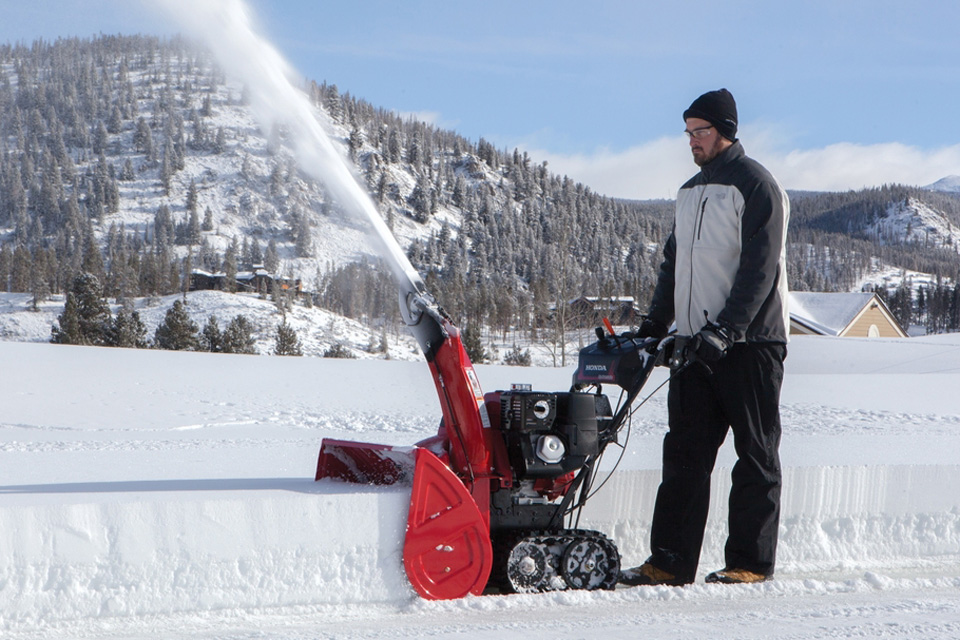
1. Worn or Damaged Fuel Lines
Over time, the fuel lines in your snowblower can become worn or damaged, leading to leaks.
These leaks can occur at connection points or due to cracks and holes in the lines.
In addition, the snowblower’s vibration and movement during operation can further exacerbate the issue and cause fuel to leak out.
2. Faulty Fuel Valve
The fuel valve controls the gas flow from the fuel tank to the engine.
If this valve becomes worn or damaged, it may not fully seal, resulting in gas leakage.
This can be a common issue in older snowblowers or those used frequently.
To prevent gas leaks, it is important to regularly inspect and replace the fuel lines and fuel valves.
3. Loose or Damaged Carburetor
The carburetor mixes air and fuel to create an explosive mixture to power the engine.
If the carburetor is loose or damaged, it may not function correctly, causing gas to leak.
A loose carburetor can also lead to improper fuel flow, which can cause the engine to run poorly or not start at all.
4. Incorrectly Installed or Damaged Gaskets
Gaskets provide a seal between various components of the snowblower’s fuel system.
If these gaskets are incorrectly installed or damaged, they can allow gas to leak.
This can lead to fuel leakage and potential fire hazards.
It is important to regularly inspect and maintain the carburetor and gaskets to ensure they are in proper working condition.
Tips for Starting Your Snowblower Properly
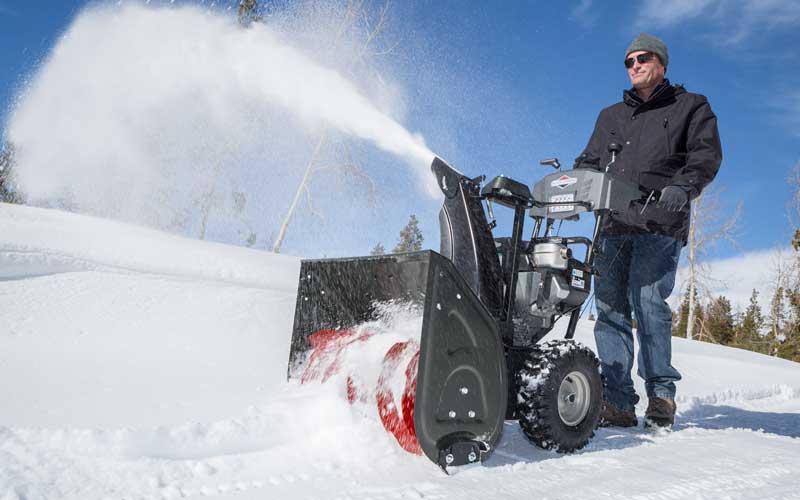
1. Check the Fuel Tank
Before starting your snowblower, ensure that there is enough gas in the tank.
It is also a good practice to check for any signs of leakage or damage to the fuel tank.
If the fuel tank has cracks or holes, it is crucial to replace it immediately to prevent fuel leakage.
2. Inspect the Fuel Lines
Regularly inspect the fuel lines for any cracks, holes, or signs of wear. If you notice any issues, replace the fuel lines immediately.
This will help ensure proper fuel flow to the engine and prevent potential fuel leaks.
Additionally, it is important to check the fuel lines for any signs of clogging or blockage.
3. Test the Fuel Valve
To check the fuel valve’s integrity, turn it to the “off” position and observe if any gas continues to flow.
If gas still flows even when the valve is closed, it indicates a faulty valve that needs to be replaced.
This is important as a defective valve can lead to fuel leakage and potential hazards.
4. Examine the Carburetor
Inspect the carburetor for any visible damage or signs of looseness.
If necessary, replace or repair the carburetor to ensure proper functioning.
Additionally, it is important to clean the carburetor regularly to remove any built-up debris or clogs that could affect its performance.
Proper carburetor maintenance will help prevent fuel leaks and ensure efficient fuel combustion in the engine.
5. Check the Gaskets
Inspect the gaskets for wear, damage, or misalignment. Replace any faulty gaskets to prevent gas leaks.
Gas leaks can lead to dangerous situations and affect the engine’s performance.
It is recommended that high-quality gaskets be used to ensure a proper seal and prevent any potential issues in the future.
Preventing Gas Leaks in Your Snowblower
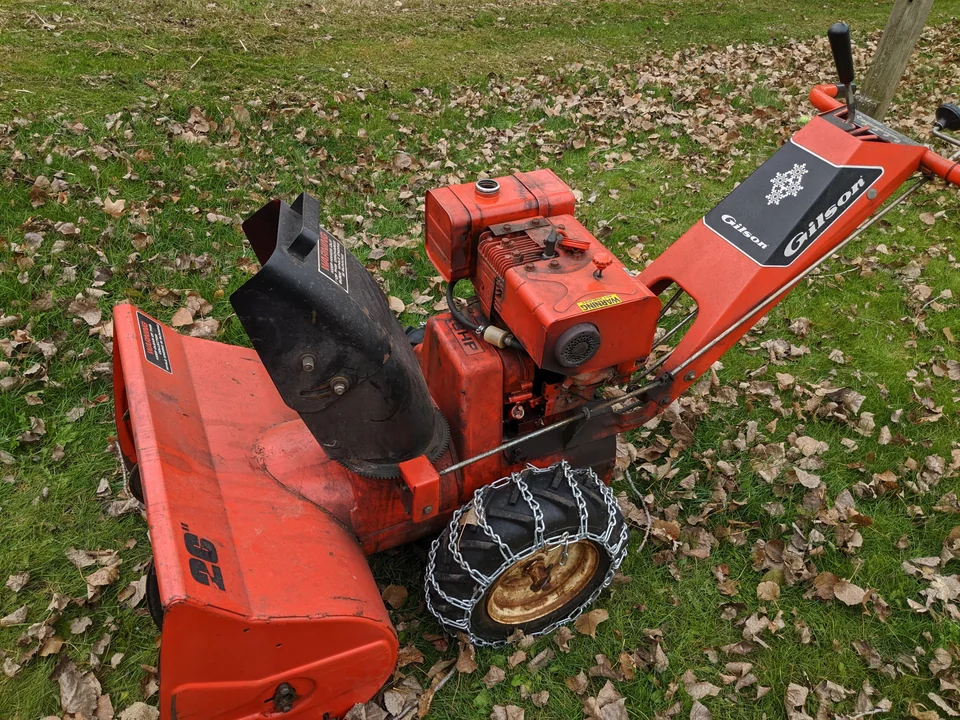
1. Perform Regular Maintenance
Implement a regular maintenance routine for your snowblower, including checking all fuel system components, tightening connections, and inspecting for leaks.
This will help you identify any faulty gaskets or potential gas leaks early on.
Replace any worn or damaged gaskets as part of your maintenance routine.
2. Store the Snowblower Properly
When storing your snowblower during the off-season, drain the fuel from the tank and run the engine until it is out of gas.
This practice helps prevent fuel-related issues, including leaks and varnish buildup.
It is also important to store the snowblower in a dry and well-ventilated area to avoid moisture damage.
3. Use Fresh Fuel
Always use fresh fuel in your snowblower, as stale or contaminated fuel can lead to clogging and other problems.
Using older or contaminated fuel can cause the snowblower to not start or run properly.
To ensure optimal performance, fuel should be used no older than 30 days.
4. Follow the Manufacturer’s Recommendations
Read and follow the manufacturer’s instructions for starting and operating your snowblower.
Adhering to these guidelines will help ensure the proper functioning of the fuel system and minimize the risk of gas leaks.
Additionally, it is important to clean and maintain the snowblower’s fuel system regularly.
Now that you’re familiar with the common causes of gas leaks and the importance of maintaining your snowblower, let’s focus on how to start the machine properly.
Here’s a step-by-step guide on how to start a snowblower to ensure it operates smoothly and safely.
Conclusion
A snowblower leaking gas can be frustrating and potentially dangerous.
Worn or damaged fuel lines, faulty fuel valves, loose or damaged carburetors, and incorrectly installed or damaged gaskets are common culprits for gas leaks.
By following proper starting procedures, inspecting and maintaining your snowblower’s fuel system components, and adhering to manufacturer recommendations, you can minimize the risk of gas leaks.
Also, it ensures the safe and efficient operation of your snowblower throughout the winter season.

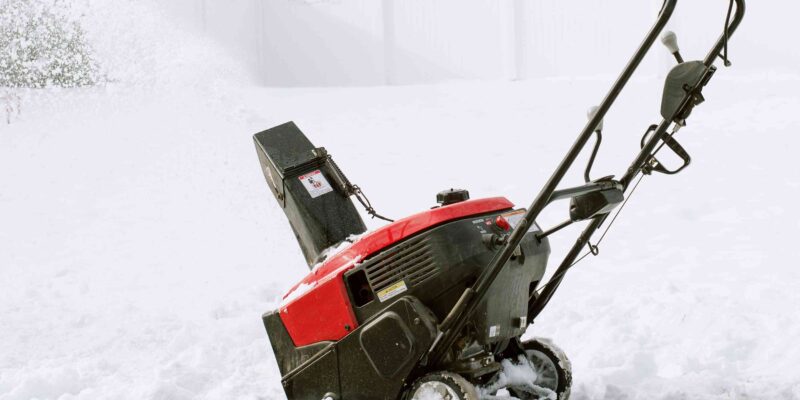
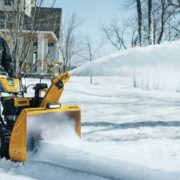
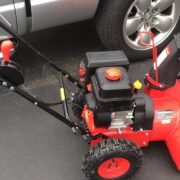
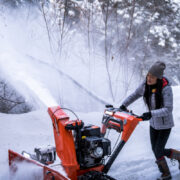
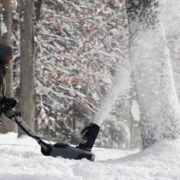
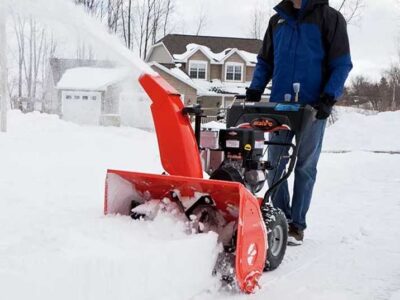
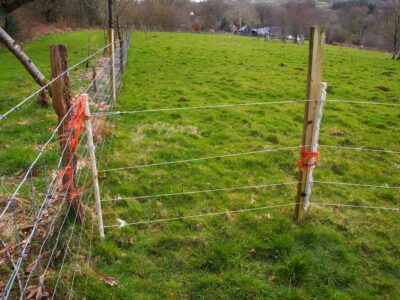
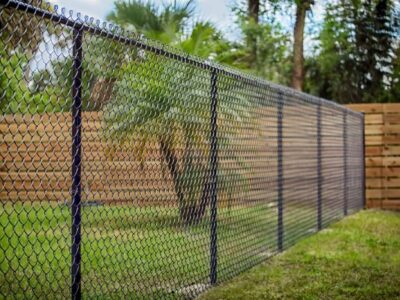
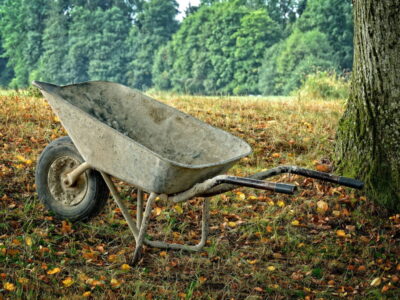
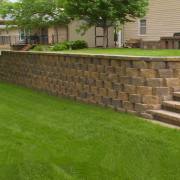



Comments